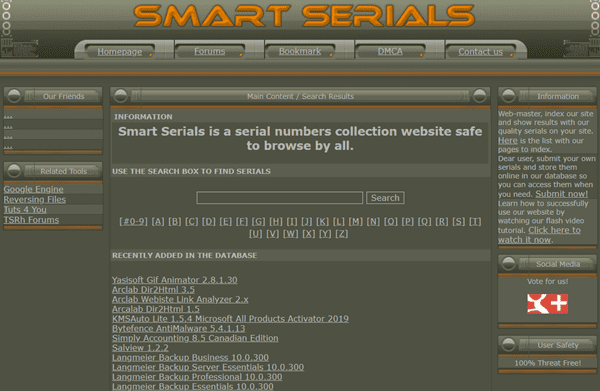

- #Photostitcher serial key number activation key
- #Photostitcher serial key number serial number
- #Photostitcher serial key number password
- #Photostitcher serial key number Offline
Using (ICryptoTransform transform = cryptoAlg.CreateEncryptor())īyte data = Serialize(expirationDateStamp, options) ĪctivationKey.Data = transform.TransformFinalBlock(data, 0, data.Length) Long expirationDateStamp = expirationDate.ToBinary() New PasswordDeriveBytes(Serialize(password), activationKey.Tail))ĬryptoAlg.Key = deriveBytes.GetBytes(cryptoAlg.KeySize / 8) Using (SymmetricAlgorithm cryptoAlg = Activator.CreateInstance())

#Photostitcher serial key number password
create an encryption engine using a password and stores the initialization vector in the Tail property.This step contains the following substeps: Marshal.StructureToPtr(obj, handle.AddrOfPinnedObject(), false) GCHandle handle = GCHandle.Alloc(rawdata, GCHandleType.Pinned) Writer.Write(frm.ToString(null, CultureInfo.InvariantCulture)) Writer.Write(conv.ToString(CultureInfo.InvariantCulture)) Using (BinaryWriter writer = new BinaryWriter(memory))Ĭase bool short ushort int uint long ulong float double decimal byte buffer:įoreach (var a in array) writer.Write(Serialize(a)) Using (MemoryStream memory = new MemoryStream()) Method: unsafe byte Serialize(params object objects) This purpose can be achieved using the following
#Photostitcher serial key number activation key
The algorithm for obtaining a unique activation key for a data set consists of several steps:Īt this step, you need to get an array of data such as serial number, device ID, expiration date, etc. The folowing tool will use cryptographic transformations to generate and verify the key. The key could represent as text format: DATA-HASH-TAIL. Public byte Data // Initialization vector. The initialization vector that used to decode the data (so-called "salt"). Contains the key expiration date and application options.Ĭhecksum of the key expiration date, password, options and environment parameters. This routine will produce strings like this when set to create a 10 digit string, which is reasonably random.Ī part of the key encrypted with a password.
#Photostitcher serial key number Offline
So, generating one for each of your devices and storing them somewhere might be your only option because of the offline considerations. Private const string _chars = "ABCDEFGHIJKLMNOPQRSTUVWXYZ123456789" //Added 1-9īuffer = _chars Here is a method borrowed from another SO answer, I've added digits as well private readonly Random _rng = new Random() Your best, unfortunately would be to generate a set of random codes, and validate them when user’s call in.
#Photostitcher serial key number serial number
So in your scenario someone will attach your device to some system, and the accompanying software that you intend to write this routine on will make a check against the serial number of the device v/s user input.īased on answer, given the offline nature of your request. In your case you want to do this offline. online where the producer has more control over their content and can explicitly authorize and authenticate a user. This has been a long battle that will never end, hence the move to deliver software as services, i.e. Just do a search engine query for “Crack for Xyz software”. The operation as you stated must be done onlineįirstly, there will be no way to say with absolute certainty that someone will not be able to decipher your key generation routine, no matter how much you attempt to obfuscate. Whatever key you generate must be able to be entered easily, so this eliminates some weird hash which may produce characters which will be cumbersome to type, although this can be overcome, it’s something you should consider.


 0 kommentar(er)
0 kommentar(er)
